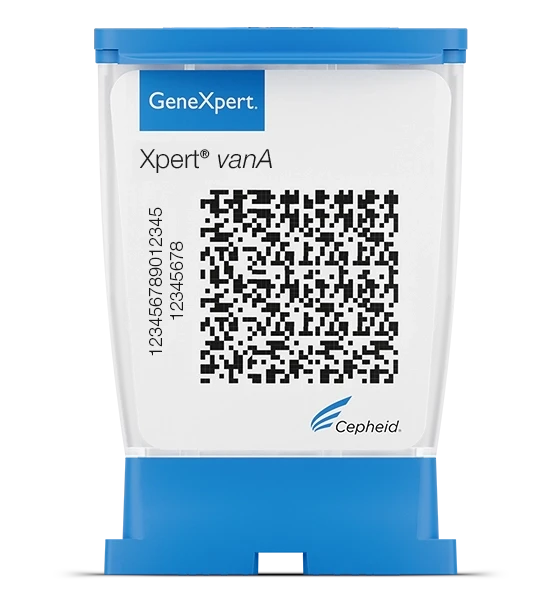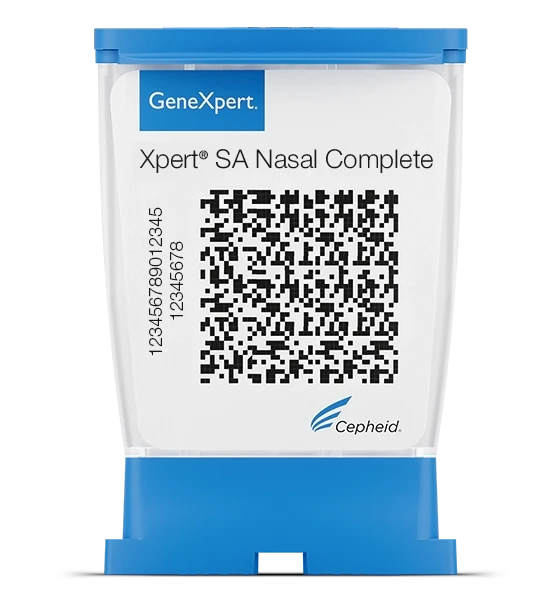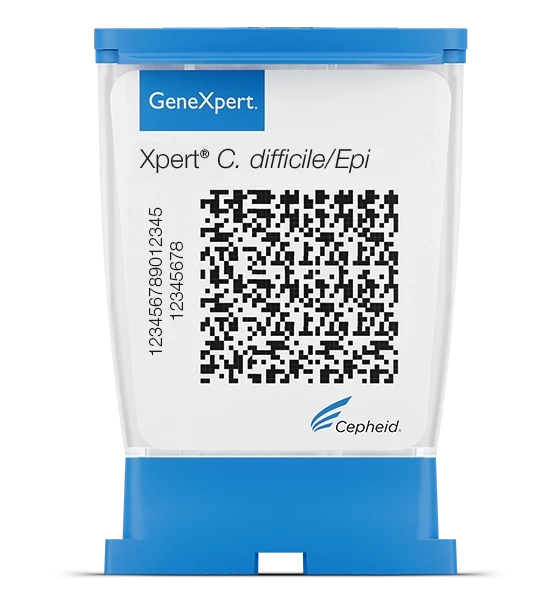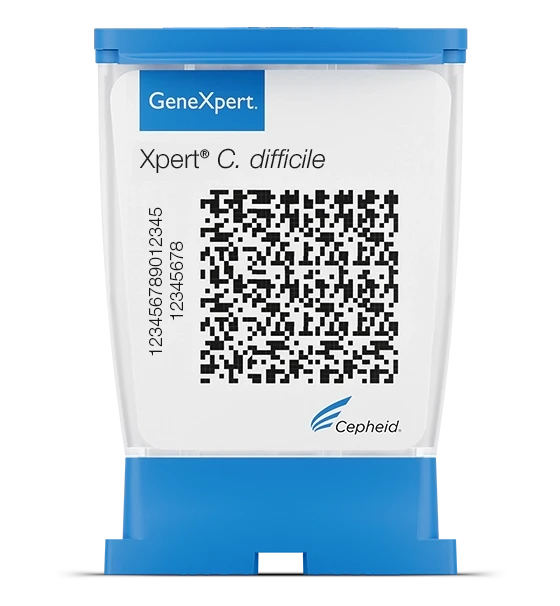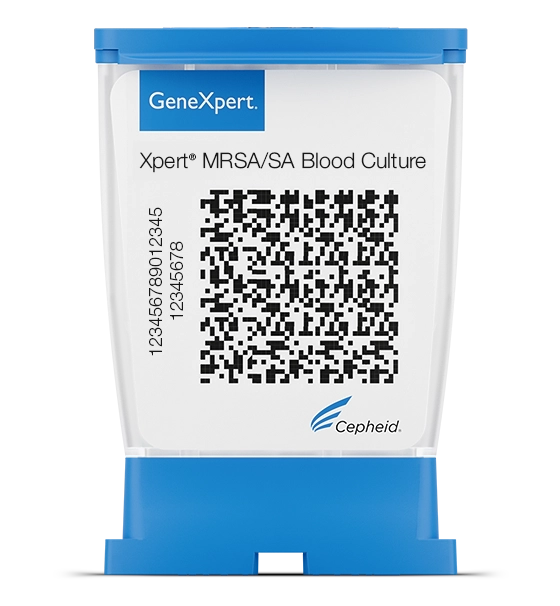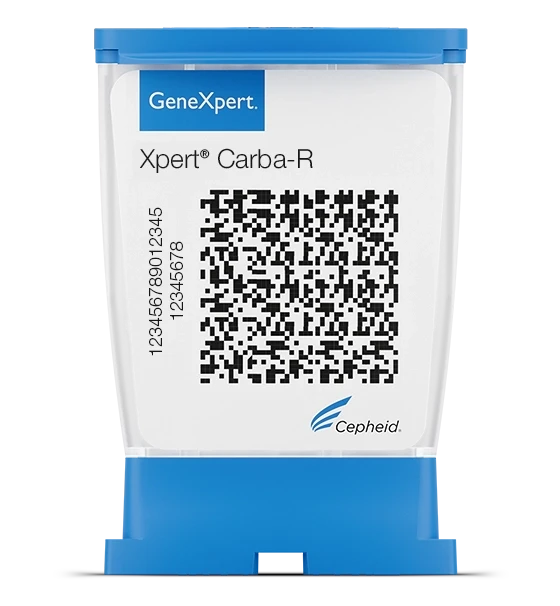

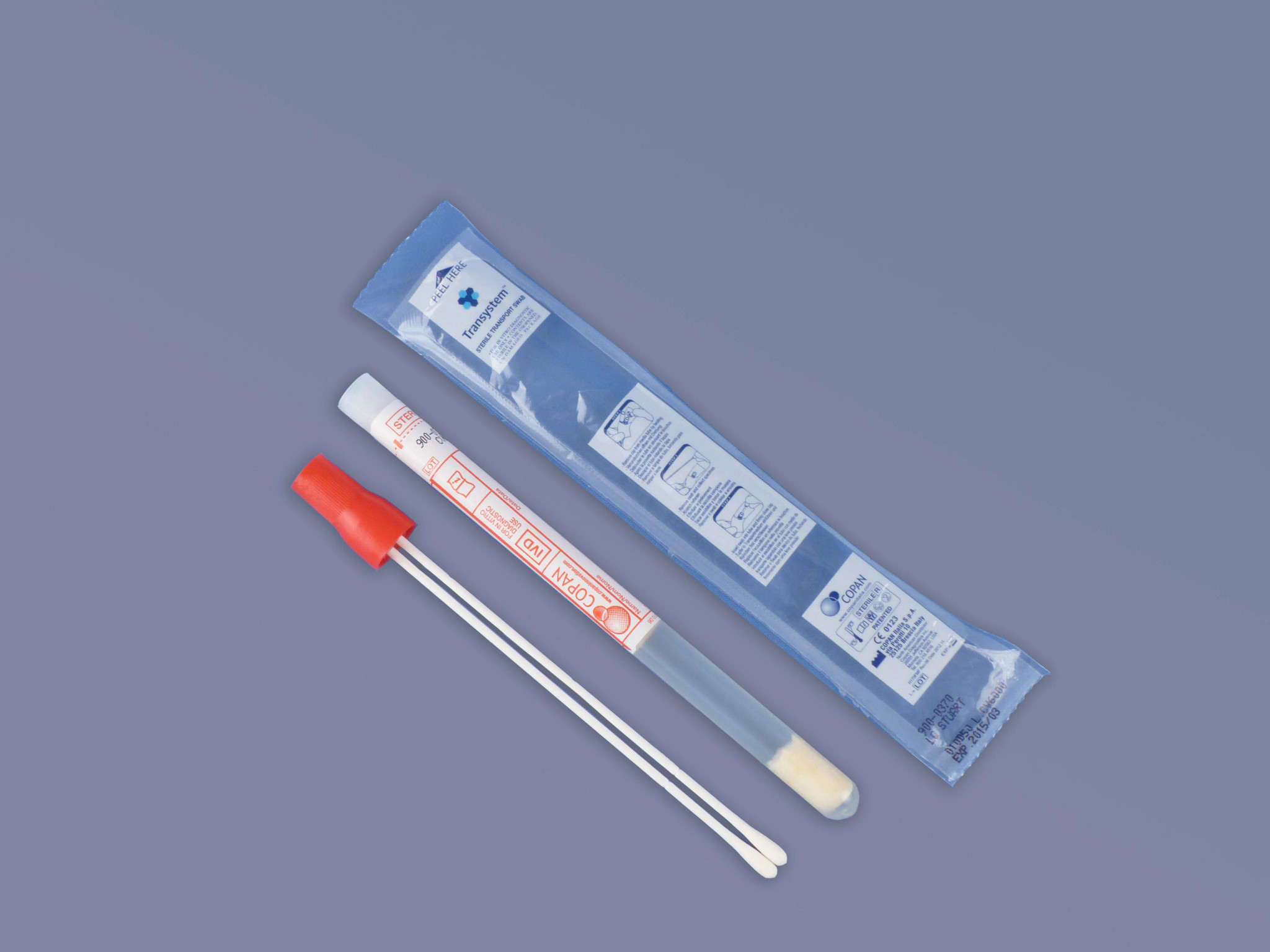
The Need
- The most common cause of skin and soft tissue infections is Staph aureus; MRSA represents over 50% of these infections in parts of the U.S.1
- Current laboratory methods can take up to 72 hours to determine if a SSTI is SA or MRSA
- Empiric treatment, found to be incorrect in 57% of patients according to one study, is employed due to lack of a rapid identification method2
(2)Moran, GJ, et al. Methicillin-resistant S. aureus infections among patients in the emergency department. N Engl J Med. 2006 Aug 17;355(7):666-74.
The Solution
- Xpert® MRSA/SA SSTI is a fast, on-demand test for detecting MRSA and SA from skin and soft tissue swabs in around one hour
- Xpert MRSA/SA SSTI is the most comprehensive Staph aureus test available:
- Includes targets for Staph aureus, MRSA, and mecA
- Identifies presumptive positive "empty cassette" strains for correct classification as SA sensitive
- Unparalleled automation with the GeneXpert® System provides reduced hands-on time and improved laboratory efficiency
- Helps ensure the right therapy sooner for improved patient management
- Enables a targeted antimicrobial therapy approach for better antimicrobial stewardship
- Allows for immediate identification of patient infection for improved isolation and infection control measures
The Impact
- Rapid detection enables more targeted antibiotic selection4
- Improved patient management with appropriate antimicrobial therapy5
- Significantly reduced time to result compared to culture methods5
5 Valour et al. (2014) Rapid detection of Staphylococcus aureus and methicillin resistance in bone and joint infection samples: evaluation of the GeneXpert MRSA/SA SSTI assay https://www.sciencedirect.com/science/article/pii/S0732889313006391
Product Resources
Product Information
Package Inserts & MSDS
Frequently Asked Questions
Xpert MRSA/SA SSTI is a qualitative in vitro diagnostic test intended for the detection of Staphylococcus aureus (SA) and methicillin-resistant Staphylococcus aureus (MRSA) from skin and soft tissue infection swabs.1
The test utilizes automated real-time polymerase chain reaction (PCR) to detect MRSA/SA DNA. Xpert MRSA/SA SSTI is indicated for use in conjunction with other laboratory tests such as microbiology culture, and clinical data available to the clinician as an aid in the detection of MRSA/SA from skin and soft tissue infections. 1
Xpert MRSA/SA SSTI is not intended to monitor treatment for MRSA/SA infections. Concomitant cultures for SA and MRSA are necessary to recover organisms for susceptibility testing or epidemiological typing. In a mixed culture containing MRSA/SA and other organisms (e.g. Gram negative bacilli, yeast), results can be false negative or variable depending on the concentration of MRSA/SA present, particularly if the concentration of MRSA/SA is close to the limit of detection (LoD) of the assay. 1
Staphylococcus aureus (SA) is a well-documented human opportunistic pathogen and a major nosocomial pathogen that causes a range of diseases. Some of the diseases involve the skin and soft tissue infections, including carbuncles and boils, and postoperative wound infections of various sites. 1
References:
1. Xpert MRSA/SA SSTI test Package Insert. Accessed Sept. 25, 2024. https://www.cepheid.com/en-USntent/dam/www-cepheid-com/documents/package-insert-files/Xpert-MRSA-SA-SSTI-ENGLISH-Package-Insert-300-5440-Rev.%20M.pdf




